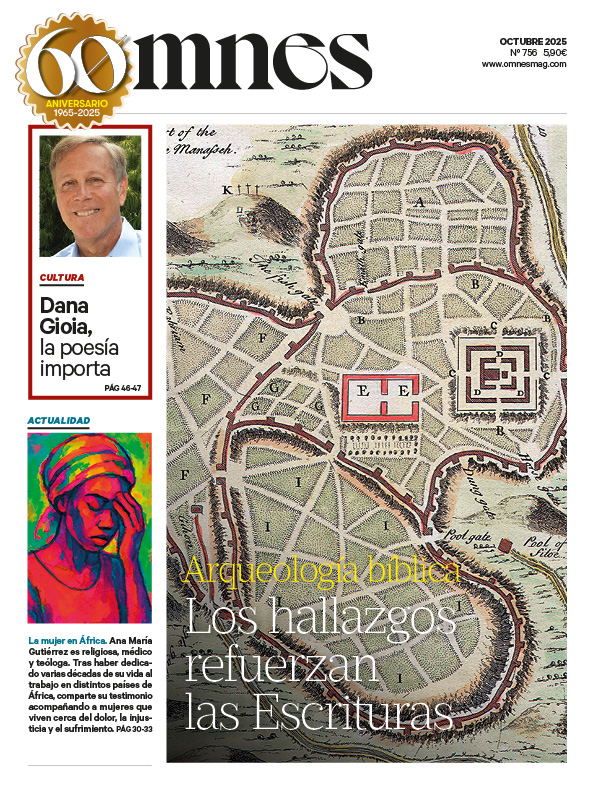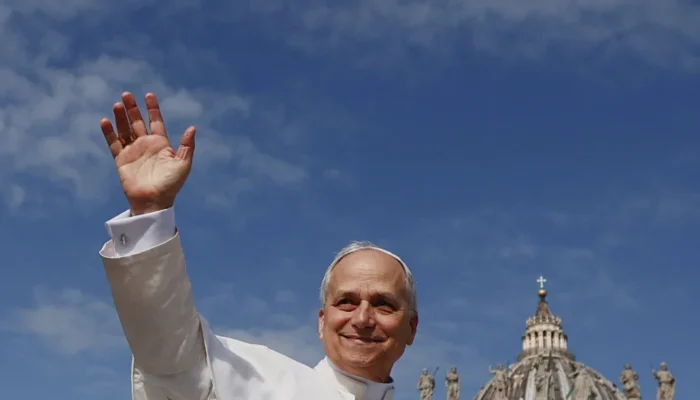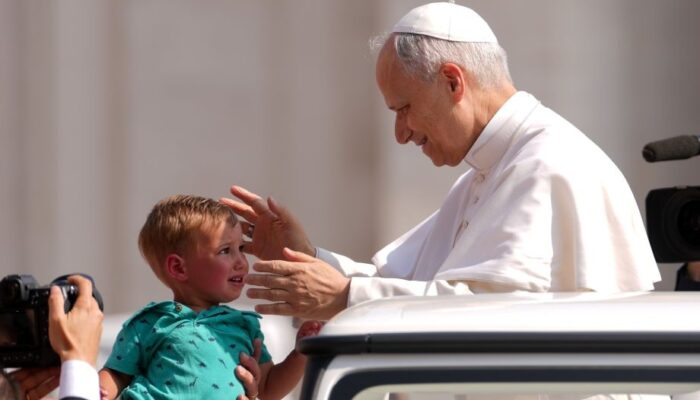With the appointment of a single administrator for the Vatican Pension Fund, in the person of Cardinal Kevin J. Farrell, Pope Francis continues his journey towards the reform of Vatican finances. It is a path that is now undergoing a generational change and that, in any case, has involved all the Vatican's financial bodies, creating a new structure that is now destined to bear fruit.
In 2014, when Cardinal George Pell explained the major reform of the Vatican economy at a well-attended press conference, he enunciated some fundamental principles.
Principles for reform
The first: the Vatican was not bankrupt, rather it was necessary to rationalize resources, perhaps centralize them (it was the time when there was talk of "Vatican Asset Management") to allow everyone to earn more and better.
Second: a pension reform was necessary, but not because the Pension Fund was in debt, but because it faced the structural problems of all the states in the world, i.e., there would be more pensioners and for a longer period of time, so the new generations would not have been able to support the fund at a given time.
Third: the reform served to ensure greater control, respecting international obligations and aiming at a more managerial management of the funds.
These were three valid principles, which had to be adapted to the peculiar Vatican situation, where for years budgets had been a matter of craftsmanship rather than professionalism. The IOR (the Vatican bank) introduced external auditing in the mid-1990s, following the reform of its statutes. The APSA (Administration of the Patrimony of the Holy See) controlled several companies in Switzerland, France and England, which only later underwent a rationalization process. The Vatican City State had its own budget, while the St. Peter's Oblates did not, although donations were always used for the Pope's mission, which also included covering the deficits of the Curia.
Light and shadows in the budgets
There is now a public budget of the Holy See, a public budget of the Administration of the Patrimony of the Apostolic See (the "central bank" of the Vatican), a public budget of the Institute for the Works of Religion (the so-called "Vatican bank"), the Vatican Authority against money laundering - now called the Authority for Information and Financial Supervision - publishes an annual report. However, the budget of the Vatican City State has not been published for years and, moreover, a balance sheet of the Vatican Pension Fund has never been published.
What can we deduce from these budgets? As for the IOR, there has been a drastic drop in profits. In the last IOR report, net profits reached €30.6 million, of which €13.6 million was distributed to religious and charitable works, while €3.2 million was donated to various charities. In 2022 the profit was 29.6. But these figures are a far cry from the profit of 86.6 million declared in 2012. Since then, it has been declining, with small increases: in 2013 the IOR recorded a profit of 66.9 million; in 2014, 69.3 million; in 2015 it even fell to 16.1 million. In 2016 it was back to 33 million, in 2017 the figure remained fairly constant at €31.9 million, while in 2018 the profit was 17.5 million.
Situation of the IOR
Profits returned to €38 million in 2019 and in 2020 the COVID crisis brought profits down to €36.4 million. But in the first post-pandemic year, a 2021 not yet affected by the war in Ukraine, we return to a negative trend, with a profit of only €18.1 million, and only in 2022 did we return to the €30 million threshold.
As profits decrease, the contribution that the IOR gives to the Roman Curia for its support decreases. The Curia's budget of about 200 million euros is a "mission budget" and is composed almost exclusively of expenses, while income comes mainly from donations. The Curia, in fact, does not sell services, but is at the service of the Holy Father.
There is no recent data on the budget of the Vatican City State, which, in any case, recorded a strong surplus thanks to the ticket sales of the Vatican Museums, which plummeted in the two years of the pandemic. However, there is data on the APSA budget, published in July.
Lack of transparency
APSA acts not only as the "central bank of the Vatican", but also as a sovereign wealth fund, since it is in charge of the entire management of the Vatican's assets. This year it made a profit of 45.9 million euros, achieved thanks to better investment management. But it is a budget to be read in chiaroscuro. The news circulating in the media speak of leasing contracts to outside companies, and there is even talk of a sale of Annona, the Vatican supermarket, which should be given in concession to an Italian supermarket chain.
In short, there is a strong need for profit. Pope Francis wrote to the cardinals asking them to ration resources, cut their salary by 10 percent, established that even the service houses must be rented at market prices, he, at the beginning of his pontificate, carried out a rotation blockade. Very harsh measures, which put to the test the Vatican system, which until then had been largely based on collaboration between departments under the coordination of the Secretariat of State.
There are new investment policies, outlined in the ".Mensuram Bonam" but there is also the need to find resources. It remains to be understood how the Holy See, which ten years ago was not in such difficult economic conditions, as Cardinal Pell admitted, today has been forced to face such a delicate economic situation.
New managers
While economic reforms have taken a step forward and a step back, there is a whole new generation of employees making their way into Vatican finance. The president of the APSA is Monsignor Giordano Piccinotti, who knows the world of finance well and was formerly the administrator of Salesian foundations in Switzerland. Cardinal Christoph Schonborn is the new president of the IOR, while the president of the Council of Superintendence, Jean-Baptiste de Franssu, remains in power, despite having already served two terms. The anti-money laundering authority is heading towards a transition, perhaps even a presidency, as evidenced by the recent appointment of Federico Antellini Russo to the unprecedented dual role of director and vice-president of the Authority.
And then there is the Vatican Pension Fund. Cardinal Farrell was appointed sole administrator, with the aim of bringing forward a reform that would eliminate the deficit, but the nightmare is that of a suspension of pension provision until budgets are in order as, after all, happened in Argentina during the economic crisis of the early 2000s.
What is certain is that Vatican finances have gone through a long period of reform, in which outside consultants were called in to outline restructuring plans. Perhaps the decision to change everything before assessing what has been achieved has had consequences.








